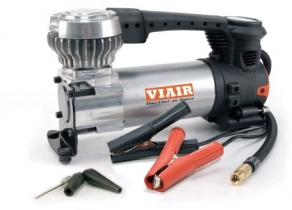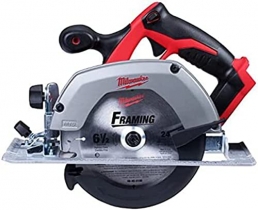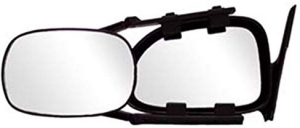-
Welcome to Tacoma World!
You are currently viewing as a guest! To get full-access, you need to register for a FREE account.
As a registered member, you’ll be able to:- Participate in all Tacoma discussion topics
- Communicate privately with other Tacoma owners from around the world
- Post your own photos in our Members Gallery
- Access all special features of the site
When to do valve adjustment?
Discussion in '2nd Gen. Tacomas (2005-2015)' started by OCTaco, Mar 25, 2010.
Page 1 of 2
Page 1 of 2


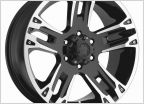 XSP-X Wheels question
XSP-X Wheels question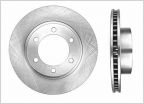 Rotors
Rotors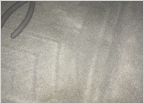 Where can I find these clips or DIY clips
Where can I find these clips or DIY clips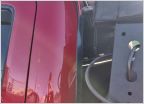 Solar on shell; route wires into bed?
Solar on shell; route wires into bed?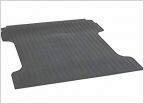 Bed mats and D-rings
Bed mats and D-rings New dog platform idea for double cabs.
New dog platform idea for double cabs.











